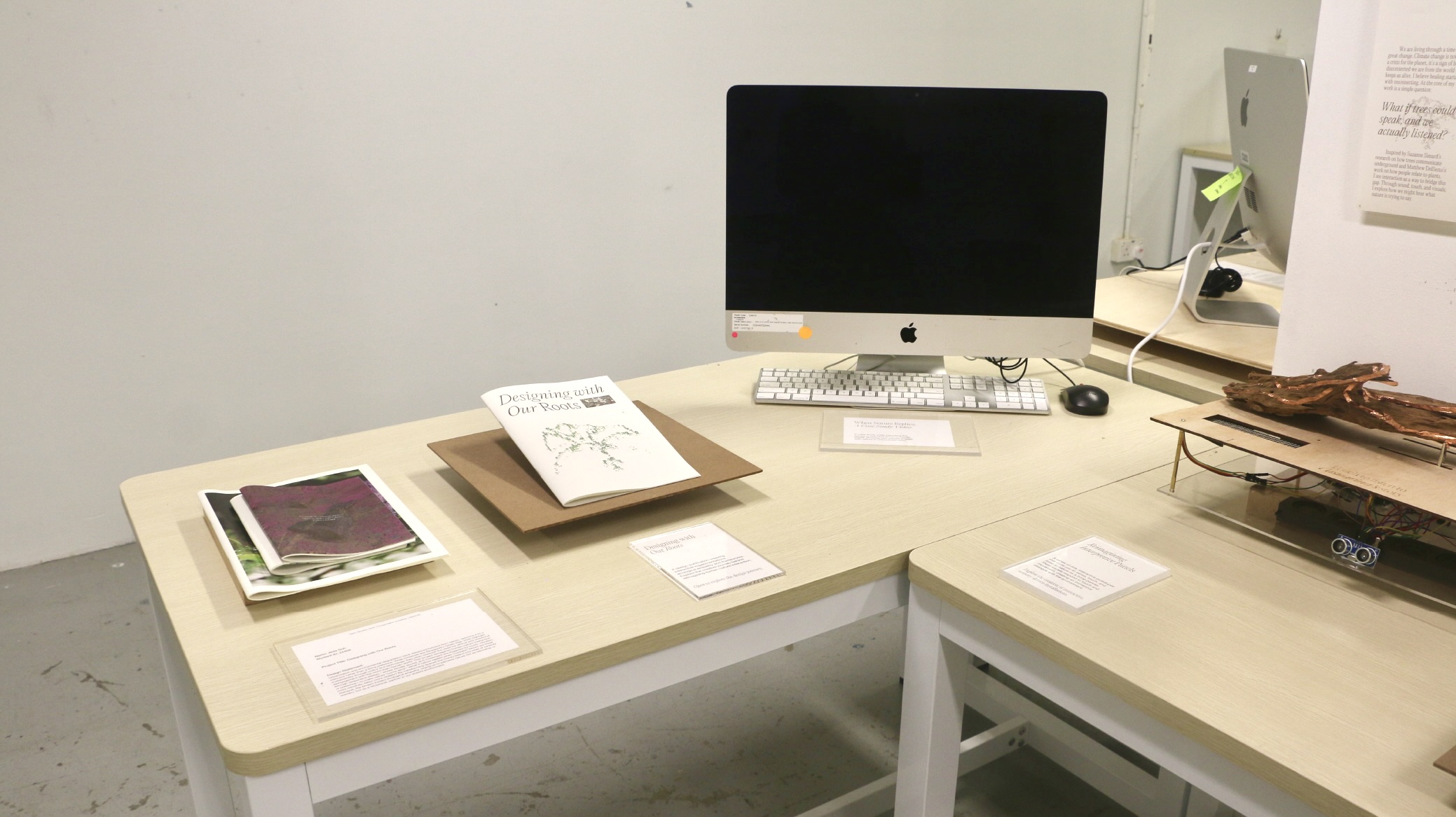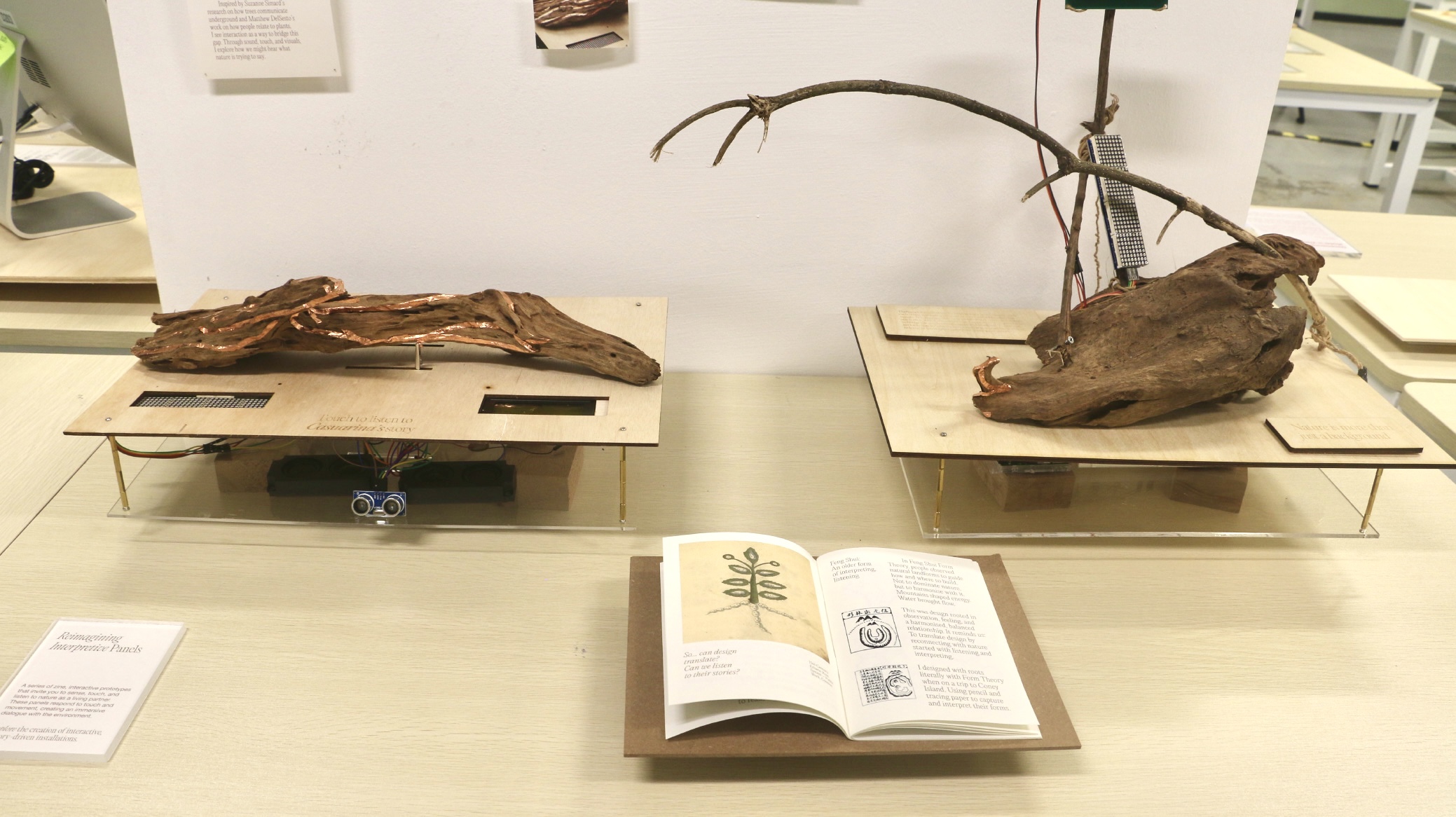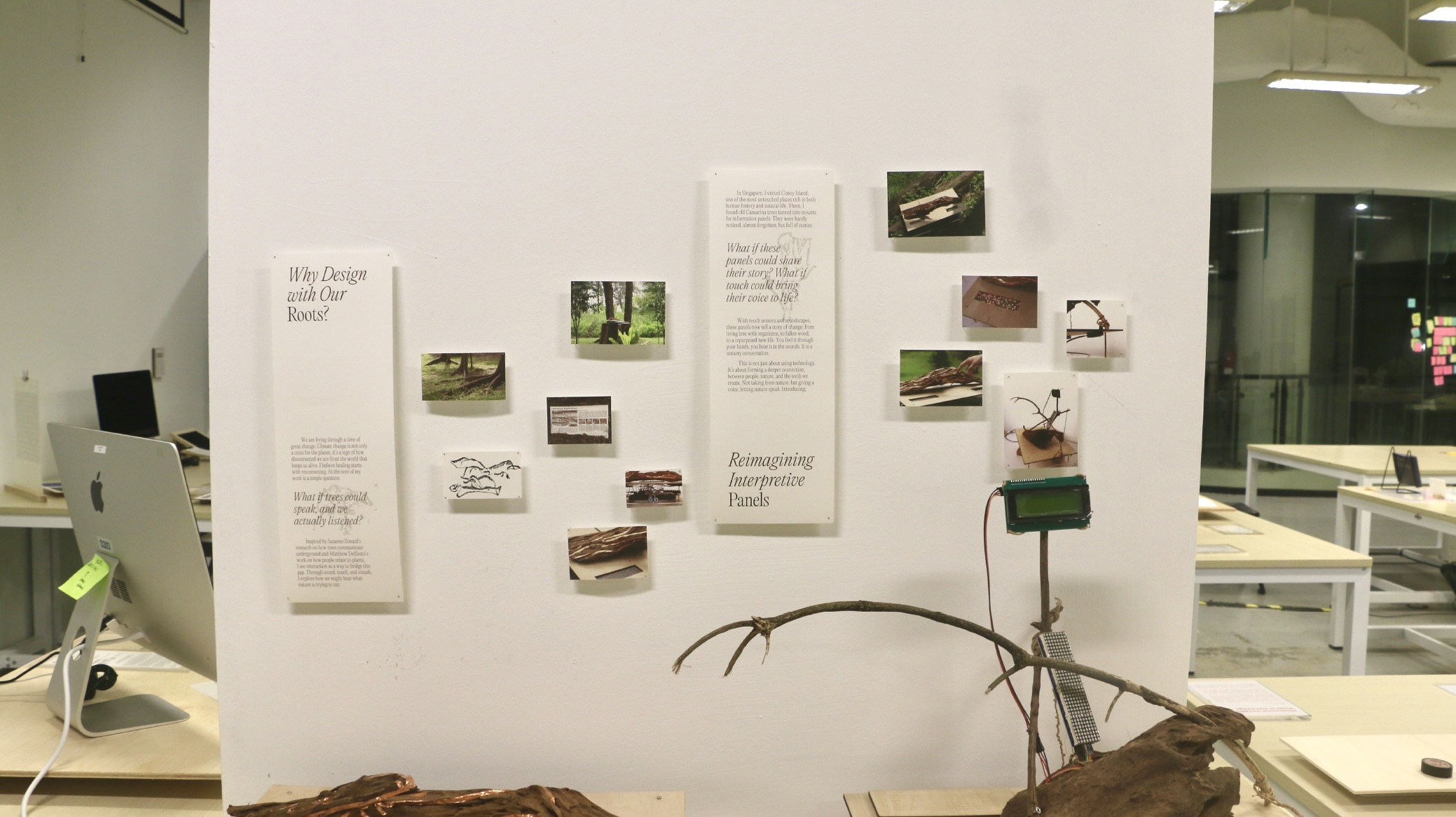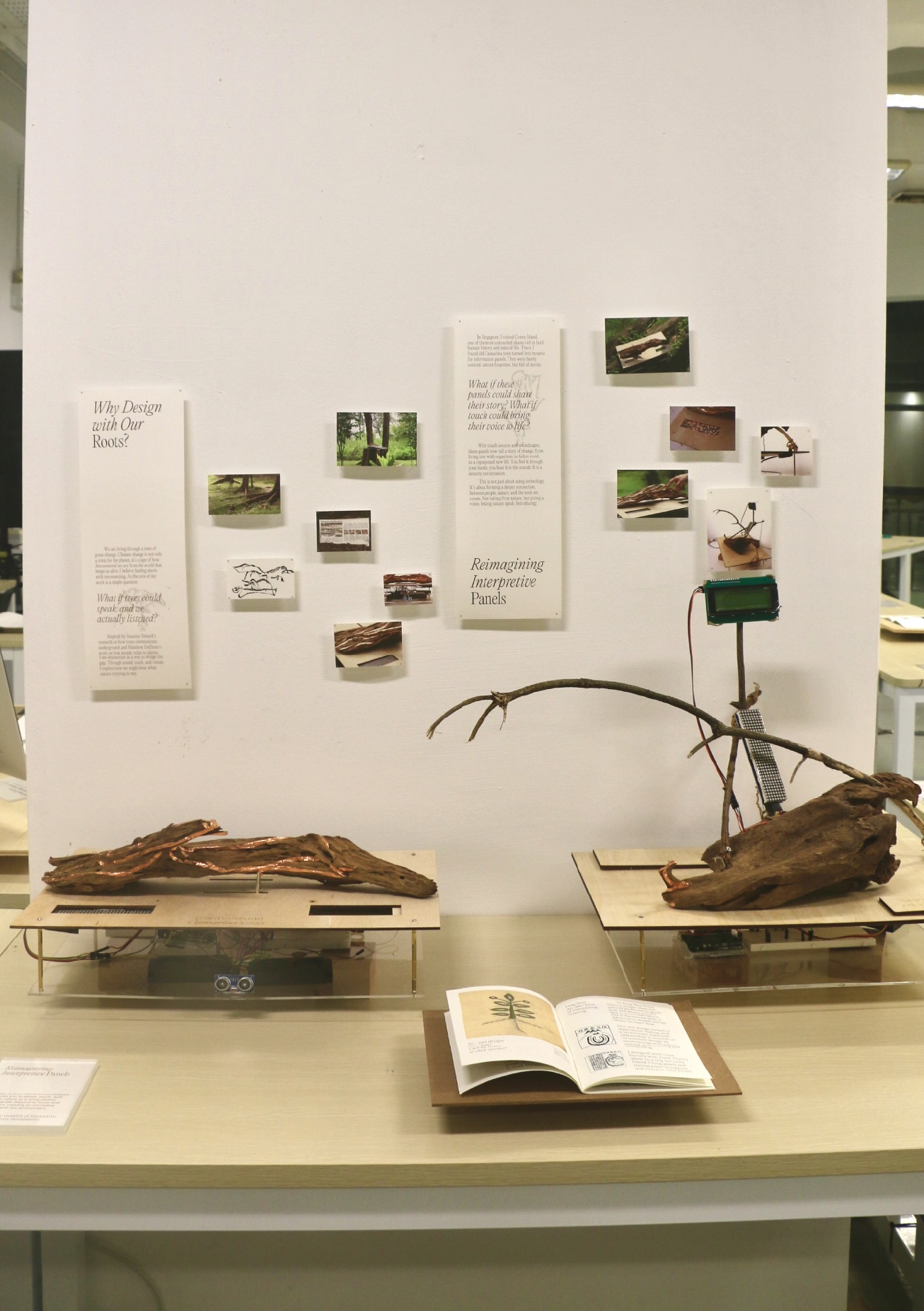Hello :) Welcome to my Catalogue of Making
The Cataloge of Making consists of a series of experimentations, field trips, and user testings, and other outcomes all pertaining to "Designing with Our Roots"
This project reimagines human-nature interaction through responsive design—where visuals, sound, and movement are triggered by touch, vibration, or presence—to make nature “come alive.”
Task 01
Fieldtrip to Coney Island:
A Living Case
Study
I conducted a field study on Coney Island, one of Singapore’s most ecologically preserved, untouched parks. This location offered a unique opportunity to examine human-nature relationships within a semi-untouched landscape. The site visit became a journey, experienced in two contrasting parts.
This was presented in a Printed Publication. This visual exploration was less about alteration and more about attention. It was about noticing the overlooked, the intricate, the alive. This transition from human dominance to ecological freedom raised a central question: Can we find a balanced coexistence?
Scroll to explore ↓
Task 01.2
Translating Observation into Energy:
Enter Form Theory
Feng Shui, which means “wind and water”, is built on the idea that energy, or qi, flows through land, buildings, and bodies, and that our wellbeing depends on our ability to live in alignment with this energy. In traditional Form Theory, mountain shapes and landforms are interpreted as indicators of this flow.
In Singapore, Feng Shui is widely practised, though often reduced to pragmatic or commercial ends. In this task, Form Theory became a speculative design tool. Using tracing paper and pen, I began by tracing the contours and textures of Coney Island from the documentations of the fieldtrip– the bark of trees, the curves of roots, the erosion of paths.
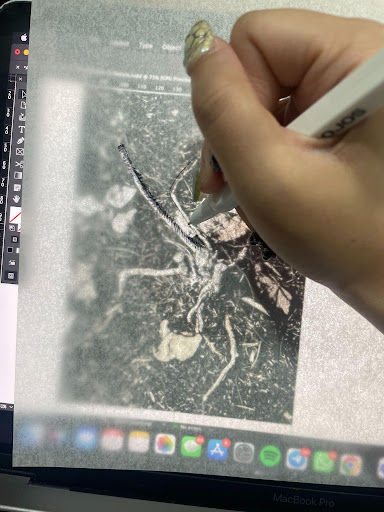
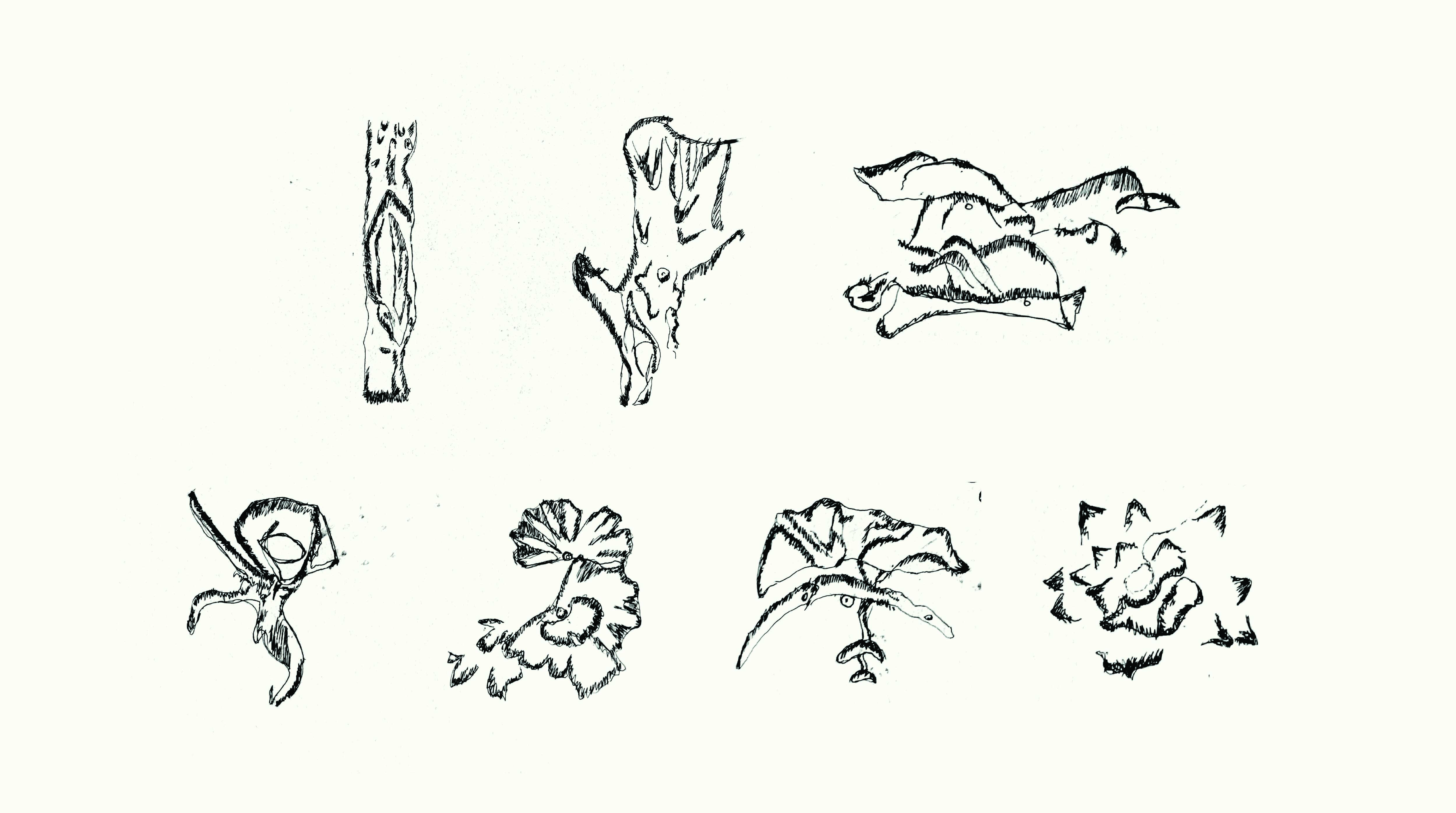
Task 01.3
Feeding Energies into algorithms
The forms are then processed through image processors and p5.js. The resulting algorithmic visuals were not simply abstractions. They were speculative energy maps – kinetic diagrams of natural flow, made legible through digital means.
Using Tools such as; Image Processor tooooools.app
Feng Shui gave this project more than a motif. It gave it a mindset. A way to interpret, honour, and align with the natural energy of a place. View a compilations of the experiments below:
Tools; p5js
Then using p5js to generate visuals that are kinetic. Taking a direct approach of loading energy diagram by the traditional practice of Feng Shui
A Pause for Reflection:
When Visuals Are Not Enough
These outcomes were visually engaging but limited in depth. While they referenced nature, they did not facilitate interaction with it. This led me to question:
Can we create digital experiences that foster connection, rather than just representation?
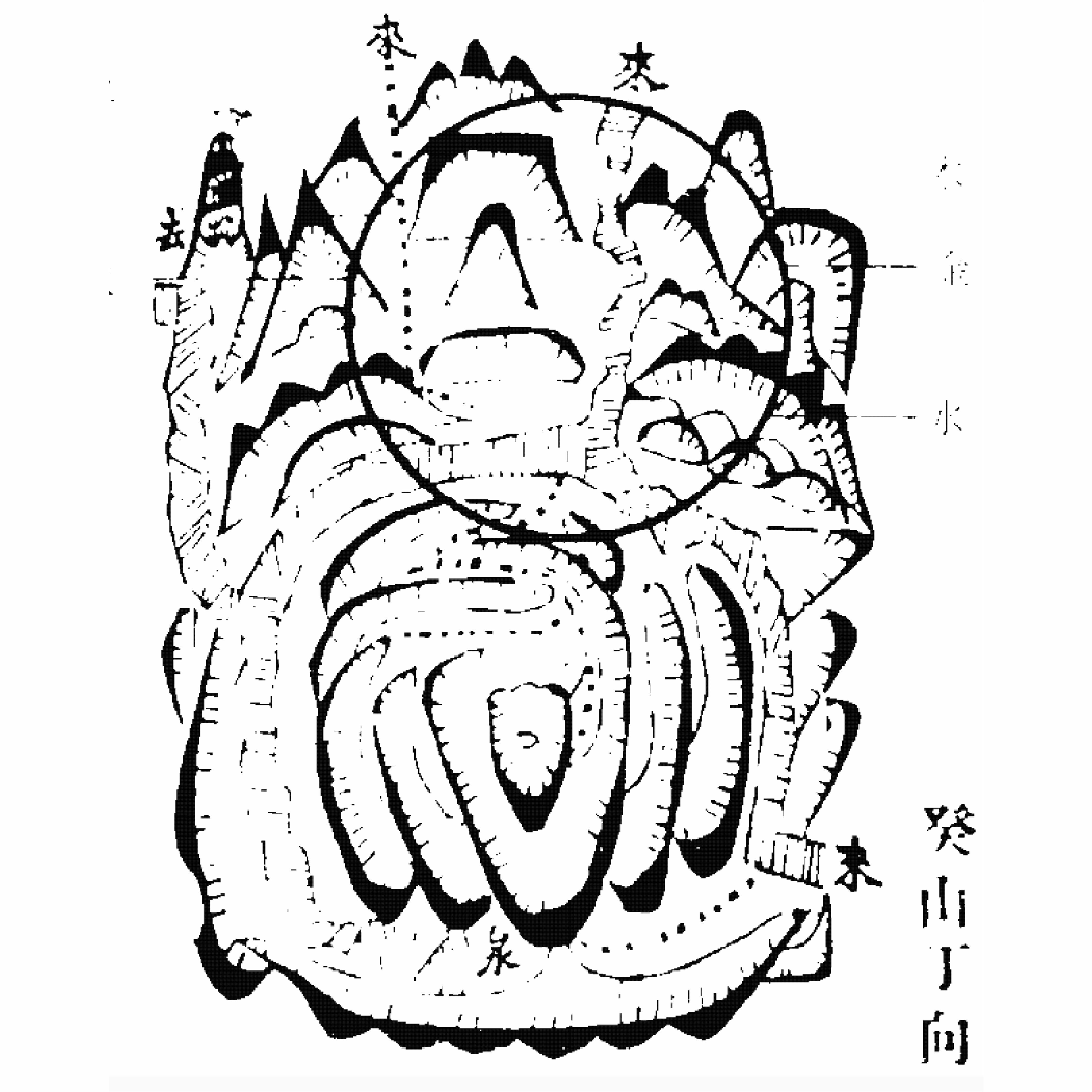
function preload();
img.loadPixels();
for (let);
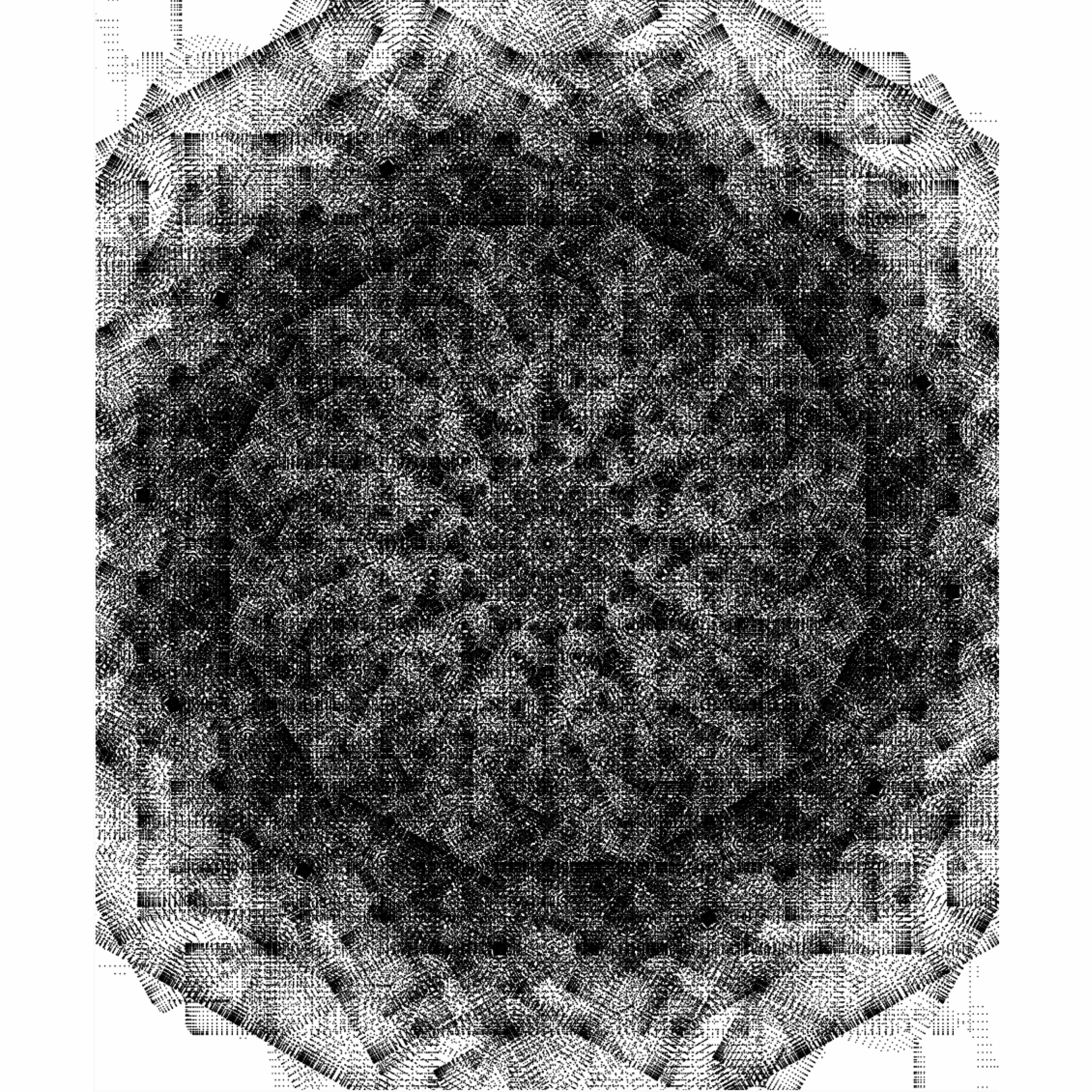
drawLineArt();
rotate();
drawLineArt();
point();
rotate(frameCount);
vertex();
rotate(frameCount);
drawLineArt();
vertex();
rotate(frameCount);
random();
Task 02.1
Building Interactivity:
TouchDesigner
as a Medium
The search for deeper engagement led me to TouchDesigner, a visual programming platform for real-time media interaction. Using nodes such as noise, feedback, and limit, I designed a custom shader inspired by topographic landscapes, echoing the mountainous forms of Feng Shui’s Form Theory.
Continued experimenting with nodes like multiply, difference, and subtract—this nodes, though seem unfamiliar, has a certain familiarity to adobe software effect layers—to refine the visual textures.
To find an interesting nature-inspired outcome that captures the essence of the environment, bringing it to life, to reinforce the narrative of an alternative representation that Nature is more than just a backdrop, it is a living being, like us.
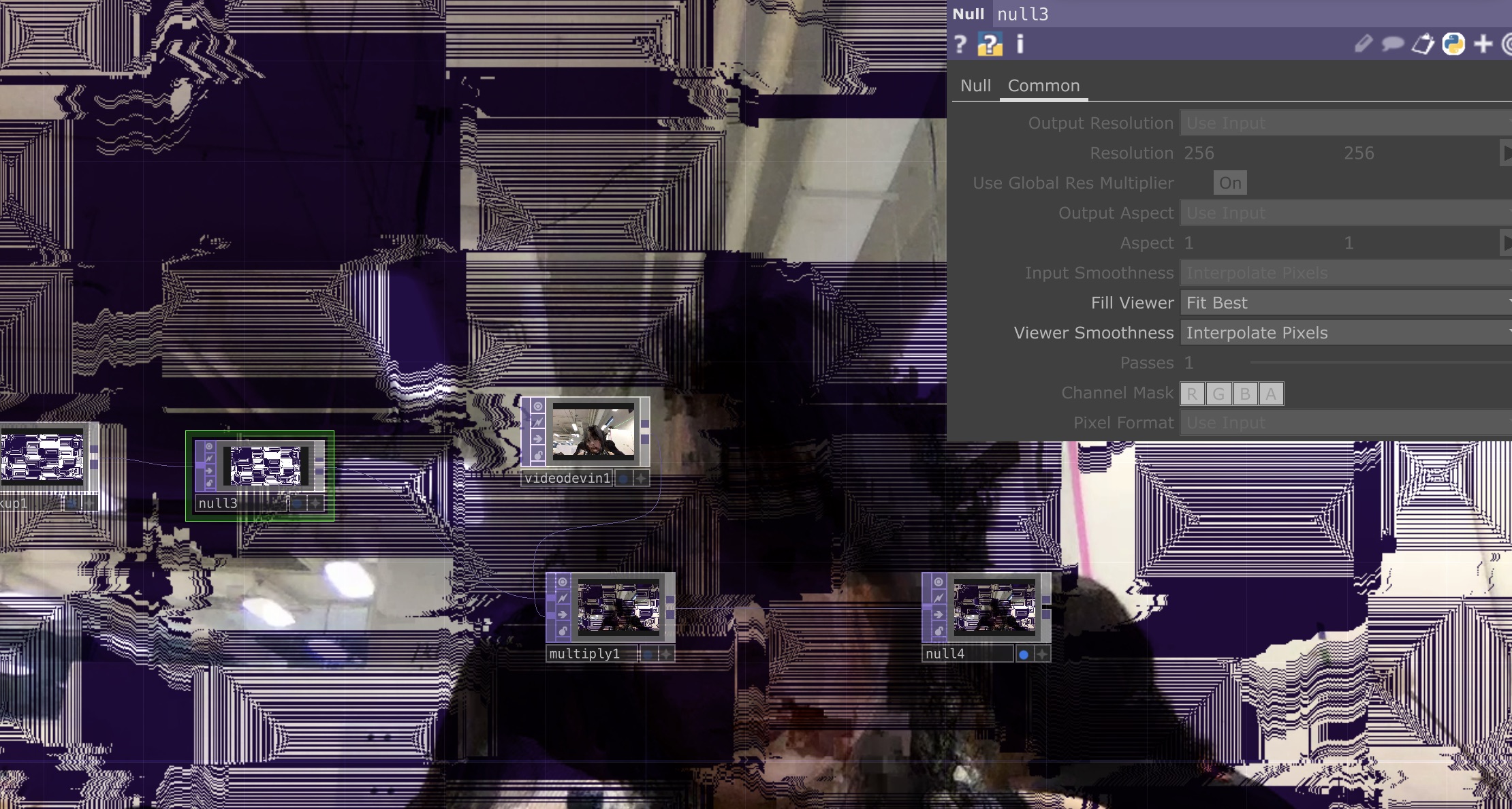
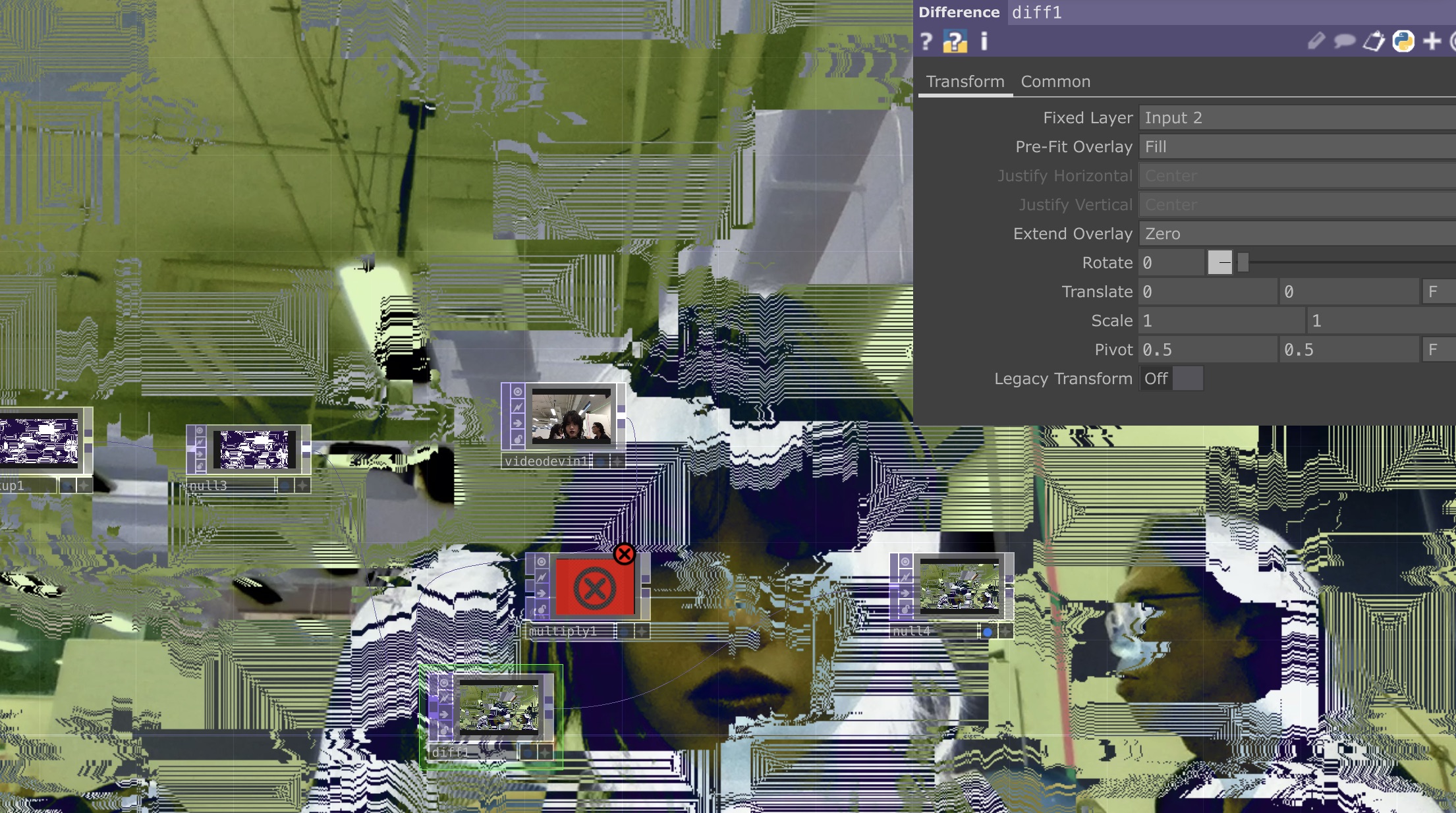
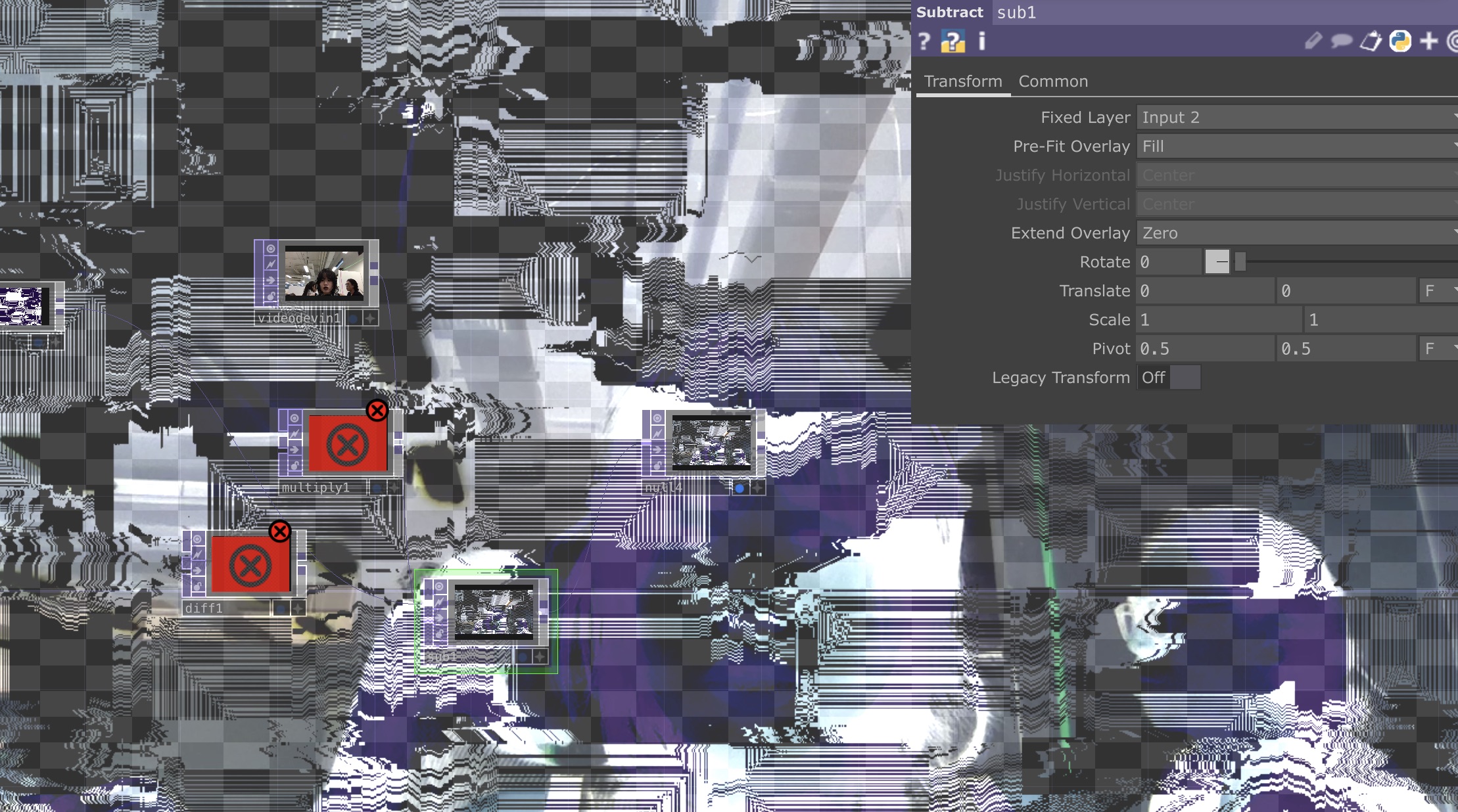
Finally arriving at
Two Interaction States:
State 1: Pre-Engagement
(Before Key is Pressed)
The visuals shift erratically, symbolising nature’s dynamic, autonomous energy.
State 2: Upon interaction
(Triggered by Human Input)
When a user presses a key, the movement transforms into a calmer, more rhythmic flow. This symbolises the potential harmony that can arise through mindful engagement with nature.
As I test the Key Press, while I make changes, one interesting thing to note would be how it resets, the shader visual “calms” and the visual appears harmonious
Task 02.2
User testing Fieldtrip
There were lingering doubts about whether the shader could effectively encourage human-environment interaction. To address this uncertainty, a user testing field trip was conducted with the following objectives:
Evaluate if the experience fosters human-environment interaction, Assess participants’ level of engagement with nature, Identify the limitations of the interactive experience.
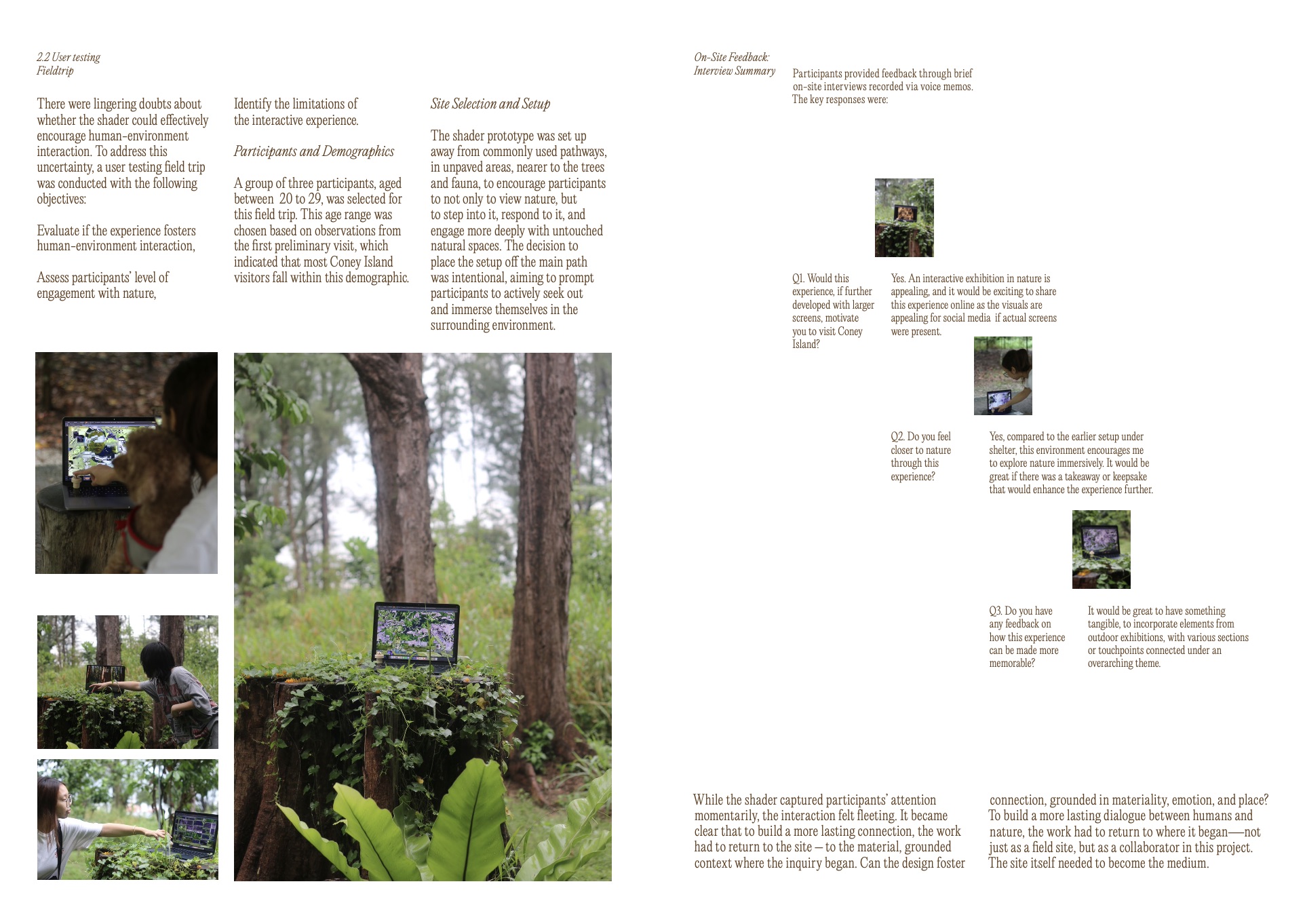
Task 02.3
Presented in a website; visit ReRooted here
and a Printed
Publication:
Scroll to explore ↓
Task 03.1
Giving Nature a Voice:
Reimagining Interpretive Panels
Iteration 0.5
On returning to Coney Island, I began to notice old Casuarina trees turned into mounts for information panels. These trees were repurposed into signs, benches, and wayfinding structures as well. Though sustainable and meaningful, the panels remained visually unnoticed. I began to wonder: How can I convey the tree’s story? Could the wood become storytellers, inviting deeper connection with nature?
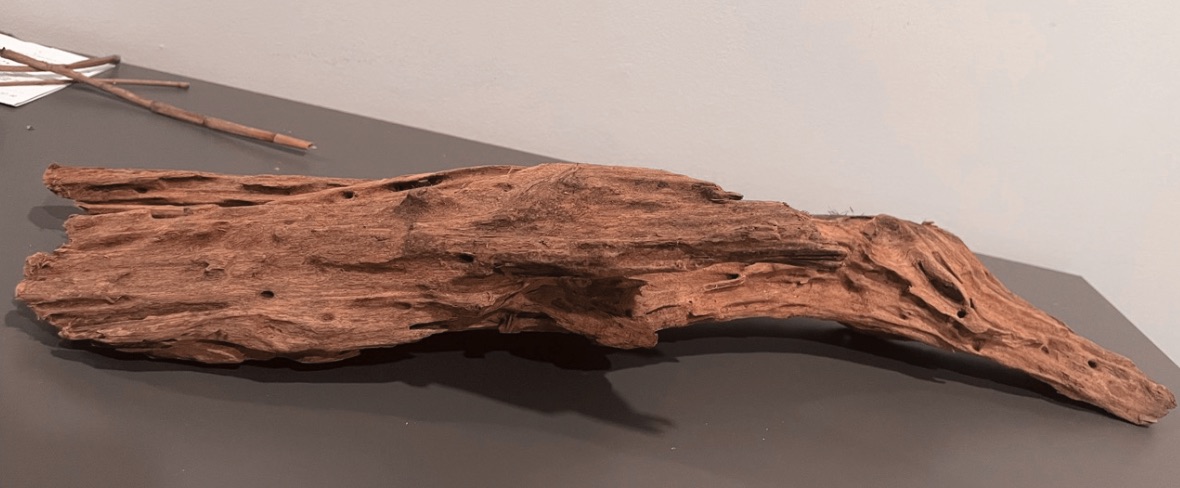
To create an experience that felt reciprocal, where nature could speak back, I use interactive technology, vibration, touch, and sound. These repurposed wood panels were transformed into communicative surfaces. Using Inputs; Capacitive Touch Sensor, Copper Tape, Piezoelectric Sensor, Proximity Sensor. Outputs; Piezo Buzzer, Speaker Module, LCD Screen, and an Arduino Board. Sound explored were using 8-bit tones as they are known to take up lesser energy and setup a familiar and relatable tone.
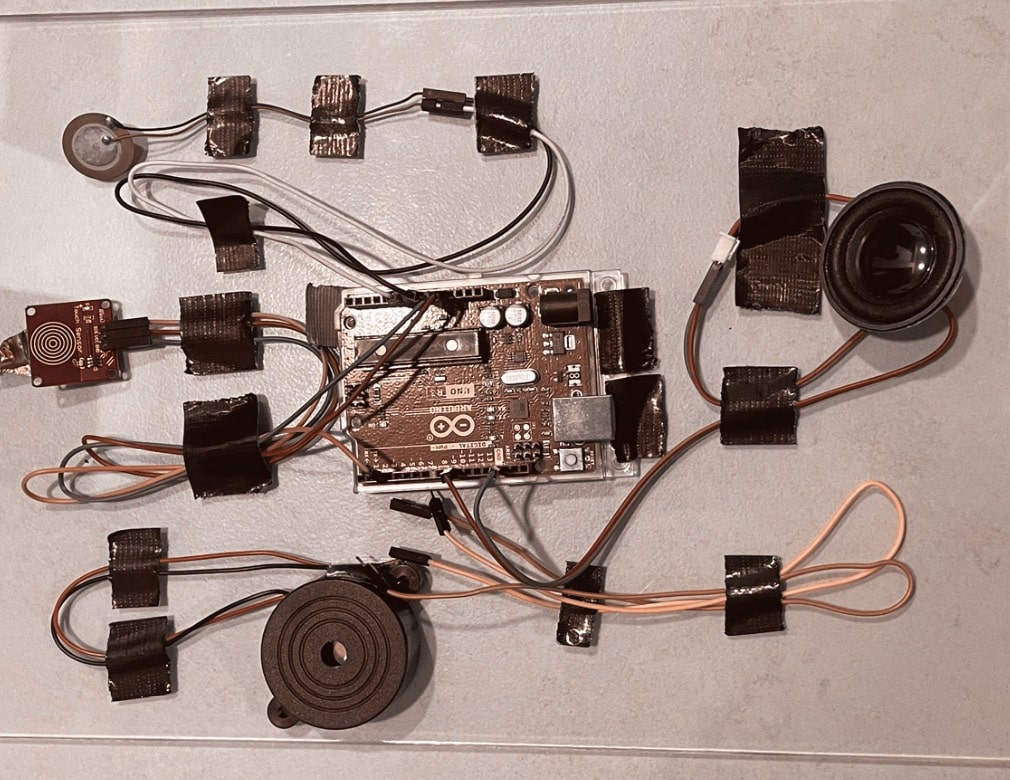
Click to watch and listen ↓
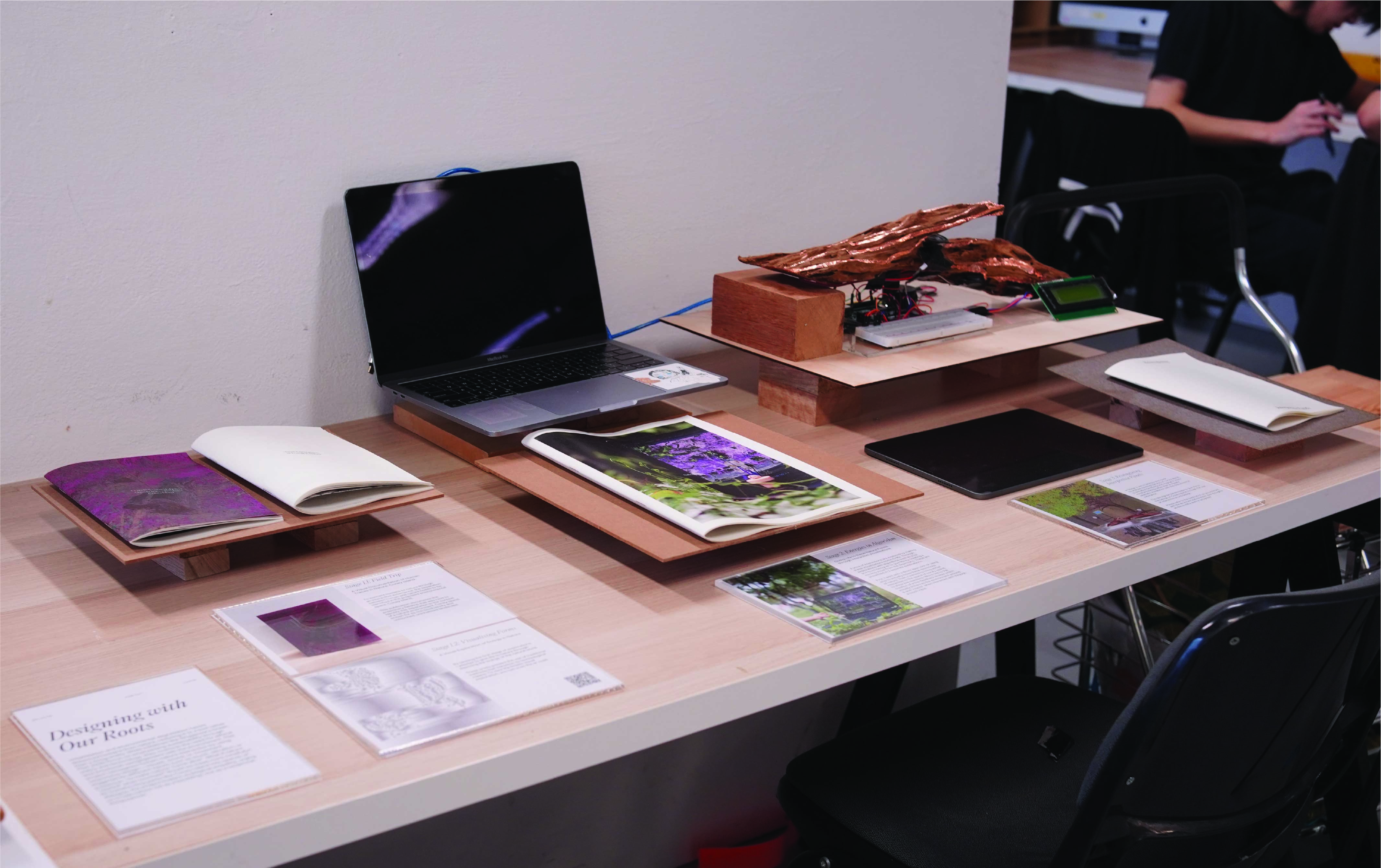
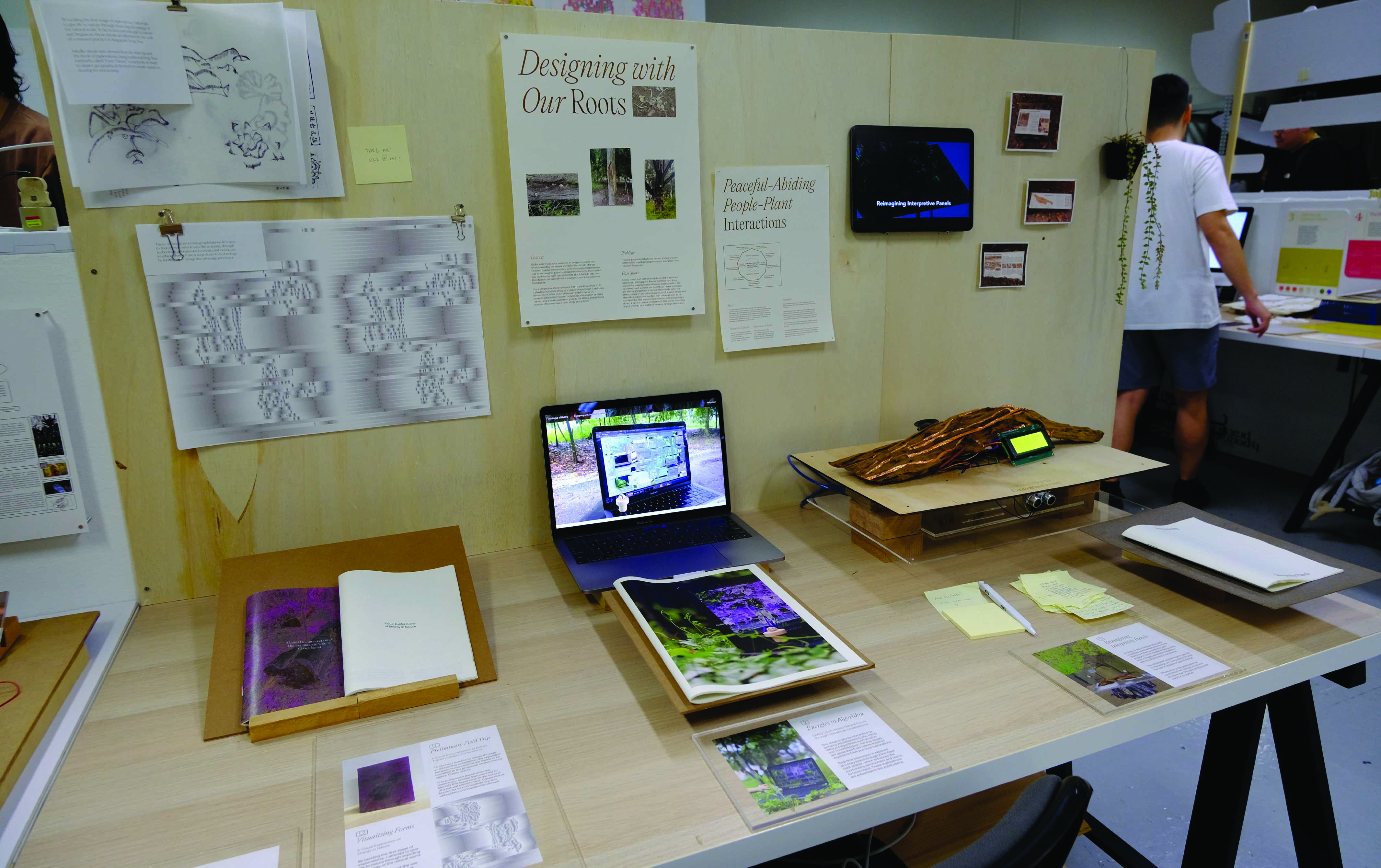
Iteration 01
Sound design changed with an additional LED module to display visuals that react to the vibrations and different storytelling modes.
From open studios, I gathered feedback, and the sound design shifted. Visitors responded more deeply to ambient, immersive textures. So, I explored electroacoustic methods using Mozzi and sine wave synthesis on Arduino, gradually layering in more organic, flowing tones that matched the environment around them.
The sounds became less like a game console, and more like the scenic, ambient, mysterious sounds of nature. This feedback loop between design and interaction shaped the project profoundly.
The sound output, inspired by the stories of the Casuarina Wood; the process of repurposing. A narrative unfolded through a designed audio sequence: First, ambient sounds of Coney Island: birds, insects, distant waves, a gentle reminder of the living environment. Then, a sudden storm: rumbling thunder, wind surging through trees. A sharp crack, the sound of a tree falling. And finally, the quieter rhythms of woodworking; as the tree is transformed into the panel when being touched. These are all reinterpreted and reimagined using synth electroacoustic sounds done in Arduino IDE.
Click to watch and listen ↓
Click to watch and listen ↓
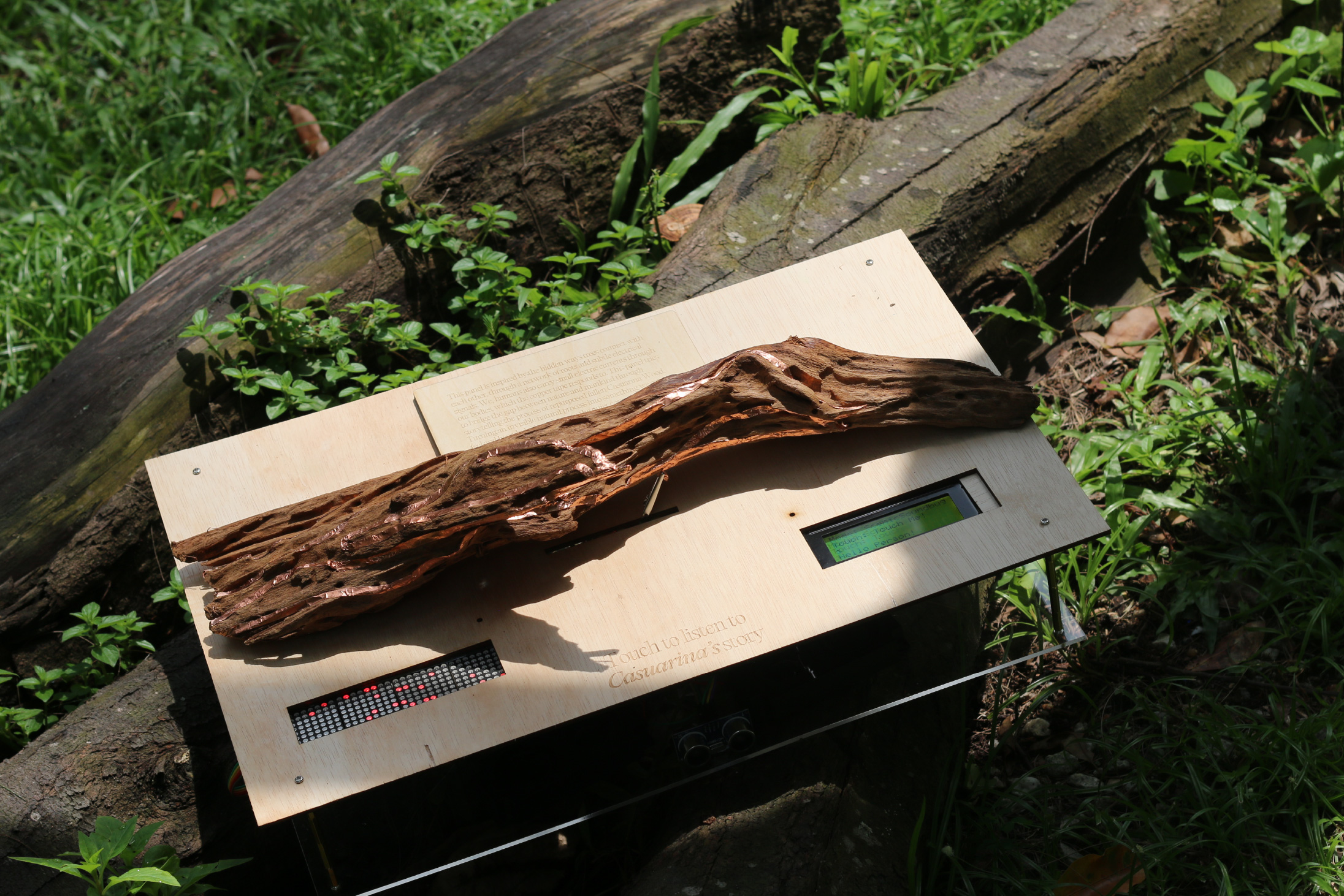
The installation’s logic behind the visual and sound storytelling;
The LED matrix displayed evolving organic animations; more abstract in Scenic Soundbugs mode, then more root-like and directional in Casuarina Speaking mode. The LCD module displayed mode titles, acting almost like a chapter marker in a storybook.
Scenic Soundbugs: This mode represented the wood’s life before transformation. The LED patterns were erratic, quirky, reminiscent of natural forms like the organisms in the island, the storms. The sounds were ambient and gentle, evoking a tranquil natural ecosystem.
Casuarina Speaking: Activated through touch, this mode shifted the panel into a storytelling phase. LED visuals became more flowing and root-like, inspired by how trees communicate underground, and also symbolising the reshaping of the wood. Sounds became sharper, deeper, reflecting the impact of human intervention in wood work.
Click to watch and listen ↓
Click to watch and listen ↓
Task 03.2;
Letting the Material Speak
Iteration 02
As the project progressed, I began to explore a deeper question: Could the soundscape come not from digital synthesis, but from the wood itself?
In the second iteration, the focus shifted from electronically generated sound to physical, embodied sound. Using actuators and servo motors, I designed a system where the panels could “perform” their own soundscape by creating percussive rhythms; tapping, knocking, and trembling, based on vibration patterns.
This allowed the wood to express itself through its own resonance. It was no longer being spoken for, but speaking with its own voice. The installation maintained its previous logic and visual storytelling with the different modes, Scenic Soundbugs and toggling to Casuarina Speaking mode when touched.
Click to watch and listen ↓
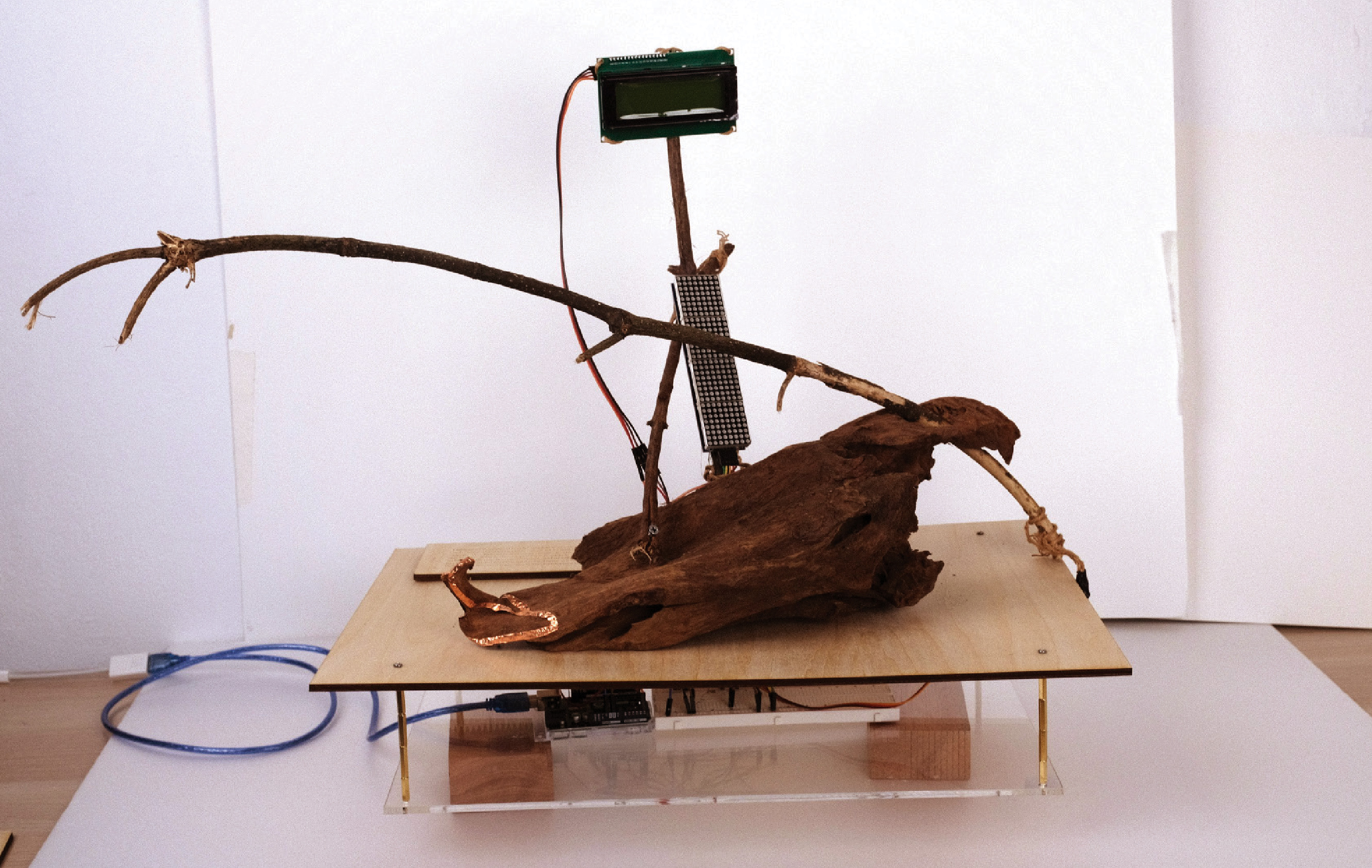
Task 03.3; The research, experiments and processes are then presented in a Printed Publication;
Scroll to explore ↓
and a Printed Zine Publication, specifically for the journey of the creation of the panels:
Scroll to explore ↓
Task 04; A Case Study Video
A case study video capturing the panels in real-time action in Coney Island, showing how people engage with nature in unexpected ways.
The Final Setup
